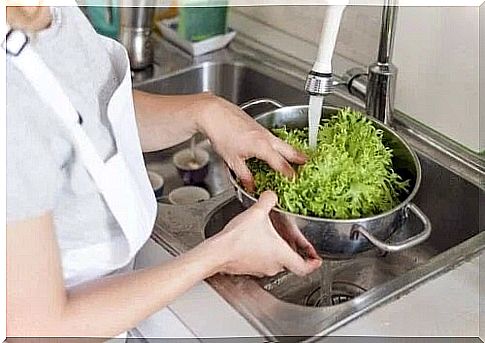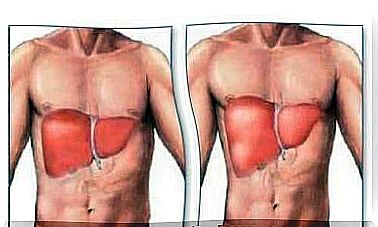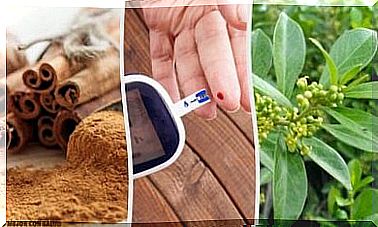Cross-contamination – What Is It?
Cross-contamination is one of the most common causes of foodborne illness. What does this consist of? What steps should we take to avoid it? Keep reading and find out all about cross-contamination!

Cross-contamination is one of the most common causes of foodborne illness. But how does this happen? In today’s article, we will tell you everything you need to know about this topic.
One of the most important factors in the development of foodborne illness is their poor management. According to the Ministry of Agriculture, storage, cooking, washing of raw materials and hygiene of utensils, among others, are the determining factors of a possible food poisoning.
When food production, preservation and storage processes are not properly controlled, the possibility of cross-contamination increases.
Cross-contamination: what is it?

Cross-contamination occurs when a toxic agent from one food is transferred to another.
A
Things to consider when handling food

To avoid cross-contamination, you must ensure proper food and kitchen hygiene, especially of the surfaces on which you intend to place the products.
Cross-contamination: measures to avoid it
- Keep cleaning and disinfecting chemicals in a special place away from food.
- Periodically clean kitchen work surfaces with hot water and detergents; never let the animals you may have in the household come in contact with them.
- Use disposable paper towels to clean surfaces. When using kitchen towels or dishcloths, you should replace them whenever necessary.
- Rinse the treated surface and utensils after disinfection to completely remove any disinfectant residue. Do not use detergent and bleach at the same time. The detergent inactivates the bleach and this decreases its disinfectant action.
- When preparing food, make sure that the necessary utensils and equipment are cleaned and disinfected properly.
- After you have finished handling raw food and before handling cooked products, clean and disinfect all utensils, equipment and tables.
- Place raw foods at the bottom of the refrigerator to prevent juices from contaminating ready-to-eat products. Protect any cuts or injuries with waterproof bandages and treat them with an antiseptic. Also, do not cook if you are sick or have a skin infection.
- Wash your hands with soap and water before, during and after cooking. Also, do this whenever you handle raw foods, after using the bathroom and after handling chemicals.









